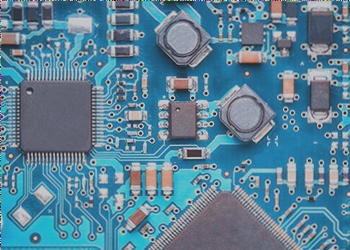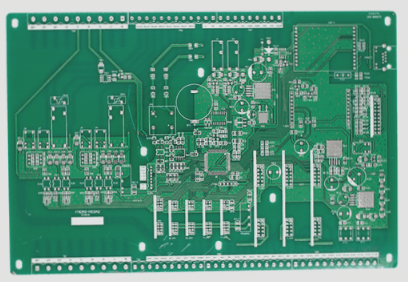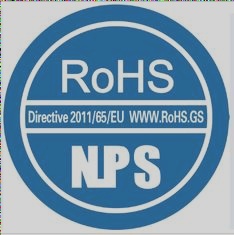Addressing Copper Oxidation Challenges in PCB Production
Introduction
During the production of double-sided and multi-layer PCB boards, the oxidation of copper layers poses significant challenges to the quality of pattern transfer and operational efficiency. Oxidation within small holes and on the board surface hampers the production process, leading to issues such as increased false AOI scanning points. To tackle these challenges, research is being conducted on copper antioxidants.

Methods to Combat Copper Oxidation
- Immersion copper – anti-oxidation after electroplating of the whole board
- Treatment with dilute sulfuric acid
- High temperature drying
- Application of dry or wet film for graphic transfer
- Idle period for oxidation
- Anti-oxidation of the inner layer of multilayer boards
- Development, etching, and stripping processes
- Treatment with dilute sulfuric acid
Discussion on Copper Surface Antioxidants
Various suppliers offer copper surface antioxidants to combat oxidation in PCB production. These antioxidants form a protective film on the copper surface, preventing oxidation and enhancing operational efficiency.
Advantages of Copper Surface Antioxidants:
- Simple application process
- Environmentally friendly
- Easy removal
- Preserves copper layer integrity
Application of Antioxidants
- After copper sinking and whole board electroplating
- In the inner layer of multilayer boards
By incorporating copper surface antioxidants into the production process, the industry aims to improve operational quality and efficiency while minimizing the impact of copper oxidation.
Comparison of AOI Scanning Results for Inner Layer Boards
- The comparison between AOI scanning results of inner layer boards treated with dilute sulfuric acid and copper surface antioxidants.
- Test data reveals:
- AOI false positives for copper surface antioxidants treated boards are less than 9%.
- AOI detects no oxidation points in boards treated with copper surface antioxidants.
- Boards treated with dilute sulfuric acid show 90 oxidation points.
Summary
As the PCB industry progresses and product standards elevate, challenges like small hole copper loss due to oxidation and low AOI efficiency for inner and outer layers require effective solutions in production processes. The introduction of copper surface antioxidants offers significant help in tackling these issues. The utilization of copper surface antioxidants is anticipated to become more widespread in future PCB manufacturing processes.


